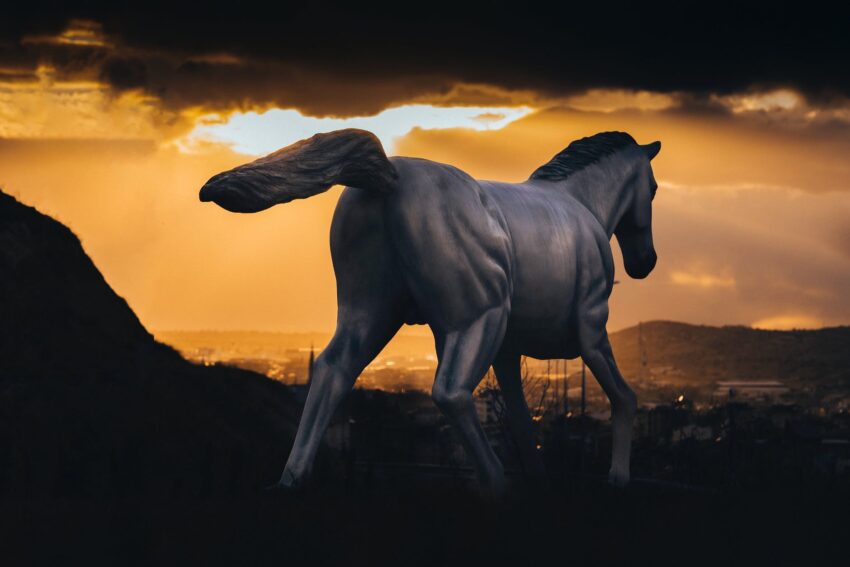The art world has continually embraced the surreal, the extraordinary, and the otherworldly, endeavoring to bring the most profound human experiences into tangible reality. Nothing exemplifies this process better than the rise of psychedelics and their considerable influence on art and culture. Through various forms such as visionary art, trippy visuals, music festivals, and even psychedelic fashion, the psychedelic culture has become an integral part of contemporary times, reflecting the counterculture movements and depths of the human psyche.
Psychedelic art, particularly visionary art, serves as a conduit for the exploration and portrayal of the intricate, hallucinatory experiences produced by psychedelics. These artworks incorporate complex, vibrant patterns, juxtaposed realities, and a spectrum of colors, often transcending the boundaries of typical aesthetic interpretations. They evoke a sense of the metaphysical, offering glimpses into the human mind’s bewildering depths when under the influence of mind-altering substances.
An example of this can be seen in the works of leading figures like Alex Grey, who, through his intricate, dream-like compositions, has illustrated his personal experiences with psychedelics, spiritual awakenings, and transpersonal insights. His creative inspiration often stems from his experiences with entheogens – substances with a psychedelic effect – contributing to the creation of a body of work that maps the unseen realms of the human psyche to raise global consciousness.
Trippy visuals at music festivals have also become an immersive cornerstone of the psychedelic culture. As spectators collectively sway to the hypnotic beats under a canopy of stars, these outlandishly colored, morphing elements enchant the atmosphere, reflecting the artist’s psychedelic experiences. Historic events like Woodstock pioneered this interaction between music and psychedelic art, becoming a beacon of counterculture movements and a testament to this unique culture’s continuing influence.
The tie-dye shirts, vibrant bandanas, flare pants, and patterns reminiscent of the heady ’60s and ’70s contribute to psychedelic fashion. It appeals to a sense of nostalgia for the ‘flower power’ age while simultaneously signifying an embracing of new experiences and lifestyles inspired by the psychedelic ethos. Younger generations adapt these designs as a tribute to the psychedelic era, co-opting elements traditionally associated with it and integrating them with their contemporary fashion ethos.
This psychedelic influence has also trickled down to digital mediums. Graphic designers and videographers, armed with advanced technology, create spectacular mandala patterns, fractal designs, and kaleidoscopic visuals that bear a striking resemblance to the effects of psychedelics, such as LSD or psilocybin.
The resurgence of psychedelic culture has sparked a wealth of discussion about its impact on personal transformation and spiritual evolution. Experiencers, as termed by the psychonaut community, often describe their transcendent experiences on psychedelics as enlightening, dissolving the trivial preconceptions they held about reality. This newfound understanding transcends into the art they produce, with every stroke reflecting the depth of their experiences.
In conclusion, psychedelic art and culture serve as expressive platforms for artists and the wider community to mirror their inner experiences and offer others a lens to view these profound alterations in consciousness. As the exploration of psychedelics continues to grow, so does the potential for these cultural expressions to provide greater understanding, empathy, and connection within society. The psychedelic era isn’t a mere remnant of the past. It’s a continually unfolding, cosmic canvas that encapsulates a new wave of counterculture, artistic expression, and human insight.
